At Lepenski Vir, a locality situated on the Serbian side of the Danube River, excavations were made, and they began in the year 1965, but after 1971 the place was covered by the river waters where the Portile de Fier Dam (The Iron Gates)... more
Oi Christianoi - Sezione antica, n. 26 ----- Su Ipazia di Alessandria e su Sinesio di Cirene molti hanno già scritto: Ipazia, una nota antica scienziata e filosofia, Sinesio, un nobile, suo allievo e poi vescovo cristiano; Ipazia, da... more
Germanicus and his large family (his wife Agrippina Major and nine children) embodied in Tiberius' Rome a new political model that looked beyond the boundaries of tradition and opened up to elements that had remained outside the scene of... more
Until the Quiet Revolution of the 1960s, the Catholic Church had an almost unchallenged monopoly on public education in French Canada. Generations of French Canadian children were taught at the primary and secondary levels by various... more
Los desórdenes políticos que caracterizaron el siglo III d. C. en Roma estuvieron alimentados por dos grupos de causas principales: las luchas intestinas para alcanzar el trono imperial, por una parte y consolidarlo en clave dinástica, y... more
Ethnopharmacological relevance: Before modern anticonvulsive drugs were developed people in central Europe used herbal remedies to treat epilepsy. Hundreds of different plants for this indication can be found in German herbals of the 16th... more
The Mont Saint-Michel is a small, rocky tidal island in France located in a large bay at the mouth of the Couesnon. The granite massif of Mont Saint-Michel is crowned with a medieval abbey. It's a table moutain; a remaining of a... more
RESUMEN: Este estudio se centra en la figura de Acilia Plecusa, una esclava que fue manumitida y contrajo un matrimonio legítimo con su propietario, Manius Acilius Fronto. Ellos eran originarios de la ciudad de Singilia Barba (Baetica) y... more
""Ancient Greece is famous as the civilization which "gave" the world democracy. Democracy has in modern times become the rallying cry of liberation from supposed totalitarianism and dictatorship. It is embedded in the assumptions of... more
It is a common misconception that fides and bona fides are ethical principles with changeable content, shaped by the development of social and moral values. They belong instead, since time immemorial, to the tradition of the ius civile,... more
The presence of arts and cultural institutions and networks is vital to the health of any global city, old, and new. But it is less apparent how we measure their contributions to quality of life issues in the rapidly changing mega cities... more
The nature of the relationship between the Assyrian state and the Syro-Hittite states is often represented in the writings of archaeologists and ancient historians under the rubric of imperialism, Assyrian sovereignty, and the... more
For the first time we have published this idea in: Himmelsscheibe, Sonnenwagen und Kalenderhüte – ein Versuch zur bronzezeitlichen Astronomie. Acta Praehistorica et Archaeologica 40, 2008, S. 93-126, insbesondere S. 105-106. At the end... more
Siste, viator: La epigrafía en la antigua Roma se concibe como una introducción tan amena como rigurosa a uno de los aspectos más interesantes de la apasionante civilización que nos legó la antigua Roma: la epigrafía. O, lo que es lo... more
"This book is the first-ever monograph on the family of royal converts from Adiabene including the broader perspective of the cultural and political environment of Hellenistic and Parthian Adiabene. It collects, arranges and discusses all... more
Che posto occupavano gli animali nell’antichità? Come noi oggi, anche i Greci e i Romani avevano a che fare con cani, cavalli, galline; avevano allevamenti, vivari, acquari, e adottavano pratiche zootecniche. Amavano i loro animali da... more
Η διδακτική αυτή προσέγγιση αφορά στο σχεδιασμό και την υλοποίηση της διδασκαλίας στο πλαίσιο ενός μαθήματος φιλοσοφίας σχετικά με τις θεωρίες της γνώσης στη Β΄ Γενικού Λυκείου, με βάση το διδακτικό βιβλίο Αρχές Φιλοσοφίας στο... more
The Nile crocodile (Crocodylus niloticus) is an ancient icon of both cultural and scientific interest. The species is emblematic of the great civilizations of the Nile River valley and serves as a model for international wildlife... more
Published in Voss, A. & Wilson, S. (eds.) (2017) Re-enchanting the Academy. Auckland & Seattle: Rubedo Press.
This paper explores the principles underlying decisions to inscribe Athenian laws and decrees on stone, finding (against a recent paper by Michael Osborne) that many laws and decrees were not inscribed, including those of ephemeral... more
Gas chromatography-mass spectrometry has been used to determine the nature of organic materials used in mummification balms. A comparative analysis of samples taken from Egyptian mummies is developed. The results are given in two parts.... more
Review: "Liu Yang’s catalogue for the terracotta warriors…is an outstanding contribution to the literature on the tomb of Qin Shi Huangdi as well as a beautifully illustrated record of the seminal objects from the Terracotta Warriors... more
The principal theme of this volume is the importance of the public use of human remains in a historical perspective. The book presents a series of case studies aimed at offering historiographical and methodological reflections and... more
This paper aims to discuss hoplite shield devices from the Archaic Era while examining the aristocratic power struggles in Attica during the 6th century BC
Short history about evolution of Illyrian and Illyroslavic identity.
Las II Jornadas Interdisciplinarias de Jóvenes Investigadores de la Antigüedad Grecolatina, realizadas en la Facultad de Filosofía y Letras de la Universidad de Buenos Aires en julio de 2013 consolidó un espacio de discusión sobre... more
The purpose of this paper is to provide a case for the Exodus mentioned in the Hebrew Bible as a historical event. In an academic environment where most people simply ignore certain parts of the Bible due to the so-called "supernatural"... more
This paper addresses the construction of a " national " identity of the Athenian inhabitants during the tyrannical governance of Peisistratos and his sons (561/0-511/0 BCE 1) mainly through a series of religious practices, such as the... more
A large paper on recent finds in Numismatics in Vidarbha including a rare coin of new ruler Maha Satakarni.
Der vorliegende Band ist das Resultat einer Tagung in Iaşi, die unter dem gleichen Titel zwischen dem 24. und 27. September 2014 stattfand. Die Konferenz wurde gemeinsam von der Universität Konstanz, der Alexandru-Ioan-Cuza-Universität... more
Knight R P - The symbolical language of Ancient art & mythology - 1892
Ce travail a l'ambition de discuter à fond la documentation litéraire et épigraphique concernant la relation des rois de Macédoine et Athènes dans les années comprises entre les guerres médiques et la mort de Philippe II, et de montrer... more
Thoroughly rewritten 7th edition of a textbook for freshmen students of history, classics, archaeology, ancient studies and a general readership interested in the history of ancient Near East and the Graeco-Roman world. The new edition... more
Data mining of Indus Script Corpora reveal the purpose of ceramic (stoneware) bangles (22), seals, fillets as dharma saṁjñā, 'badges of responsibility'.They are Corporate badges, with deciphered Indus Script inscriptions. Socio-cultural... more
This Forum discussion aims to explore the topic of repatriation from a variety of viewpoints considering twenty-first century realities in the region. The contributions fall into three main categories addressing general background... more
Chapter 3 from The City of Reason vol 1 Cities and Citizenship by Dr Peter Critchley The purpose of this study is to recover politics as a creative and rational arena of discourse capable of uniting disparate individuals within a... more
heros (ILCV 66)-An elegiac testimony on the decline of the Late Roman West Reinhard Wolters, Gab es eine Finanzkrise in den späten Jahren des Augustus? Münzprägung, Soldaten und Finanzströme im frühen Prinzipat Michael Wörrle,... more



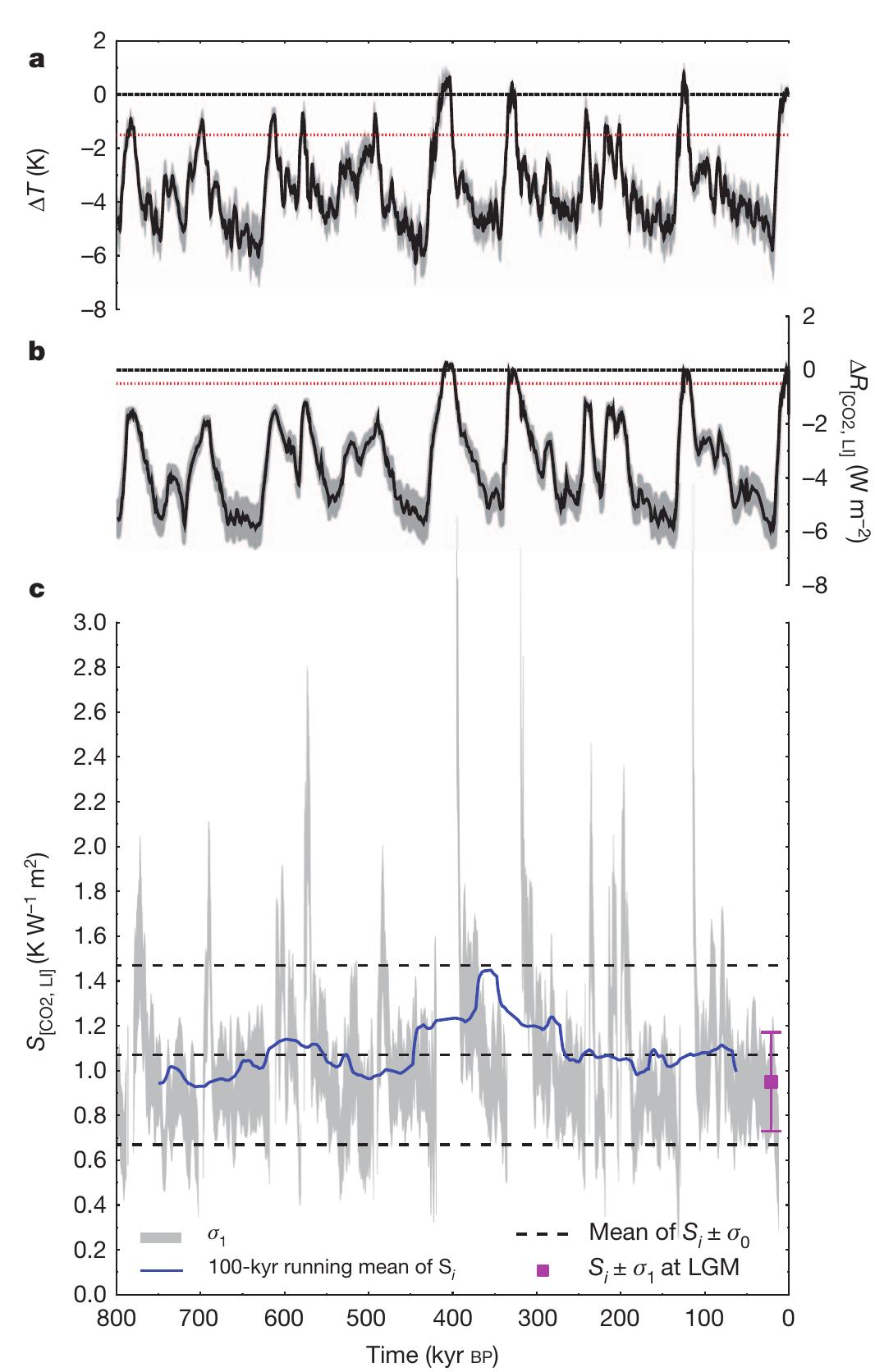
















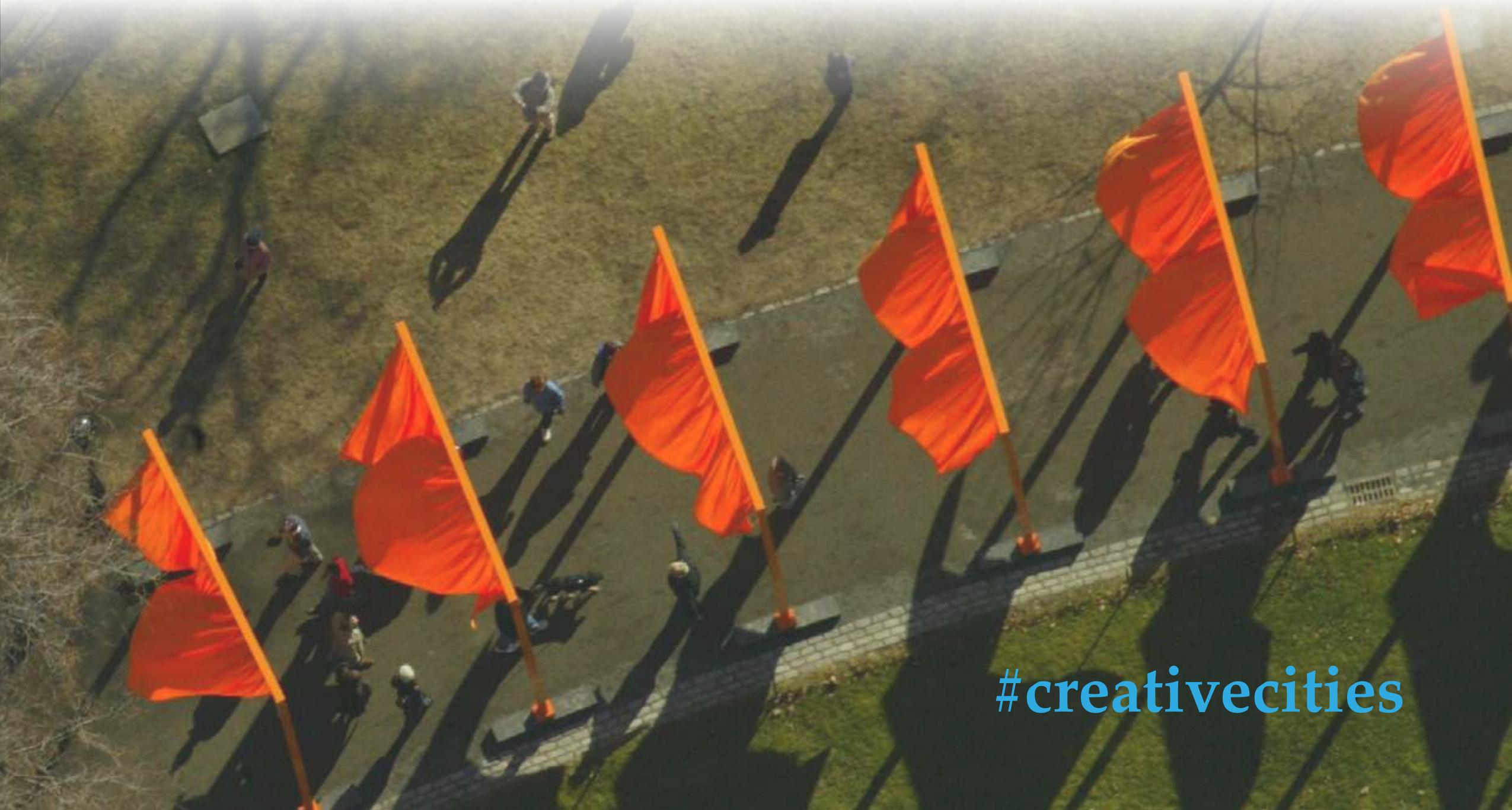





































![Furthermore, the archaeological evidence for shared material culture across this geography sug- gests continued economic dependency among all partners. It is no simple coincidence that we find Assyrian ceramics in the upper Tigris region or a plethora of Syro-Hittite ivories in the ekal maSarti palaces of Assyrian capital cities. Such material flows are complemented with the flow of technological knowledge: architectural practices such as the use of finely dressed and carved orthostats in urban monu- ments in Assyria, Urartu and the Syro-Hittite states speaks to the circulation of architectural knowledge and possibly the craftsmen. In the next three sec- tions, I hope to discuss the relationship between the Assyrian and the Syro-Hittite states in three differ- Map of Upper Mesopotamia during the Iron Age (Base Map by Peri Johnson, using ESRI Topographic Data [Creative Commons]: World Shaded Relief, World Linear Water). Dahasi, bu cografya boyunca ortak mater- yal kulture ait veriler, buttn ortaklar arasinda THE ASSYRIANS: Kingdom of the God AS8ur from Tigris to Taurus](https://figures.academia-assets.com/63590245/figure_002.jpg)








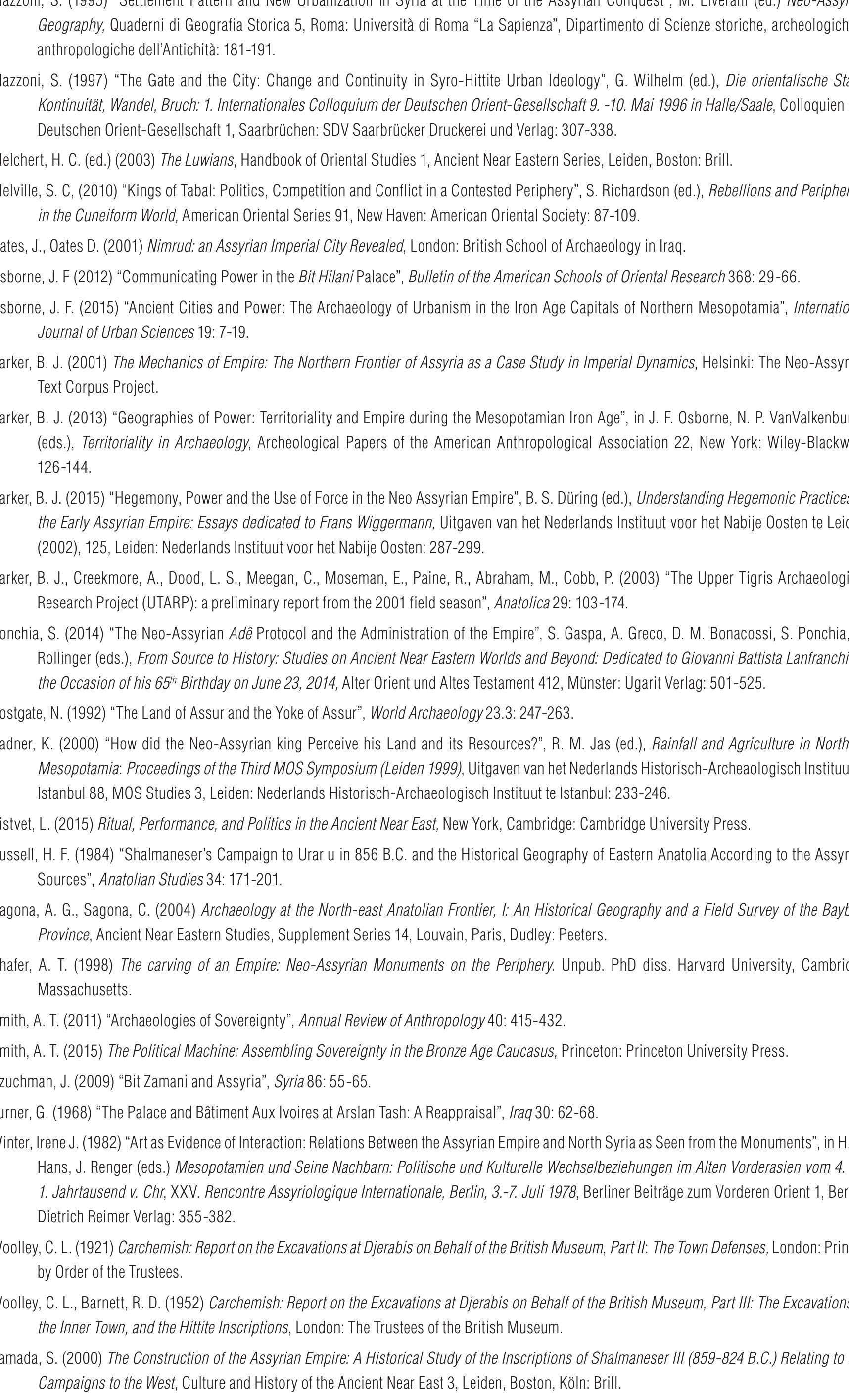




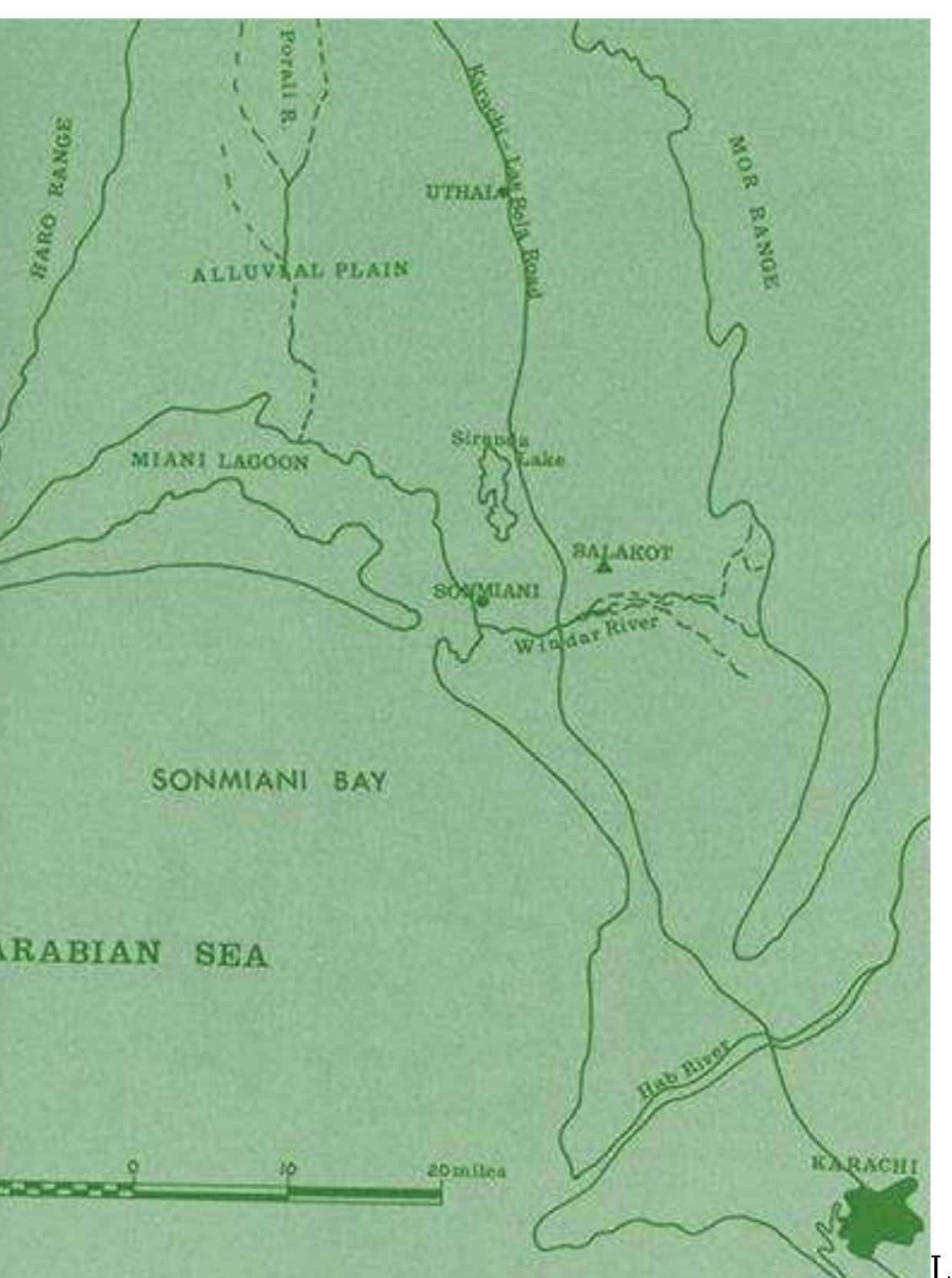



![The weltanchauung, ‘world perception’ of artisans in a Vedic village was governed by 1. dharma, assigned responsibilities and 2. the metaphor of a kole.| 'smithy-forge' as a kole.] ‘temple’.](https://figures.academia-assets.com/45086495/figure_007.jpg)












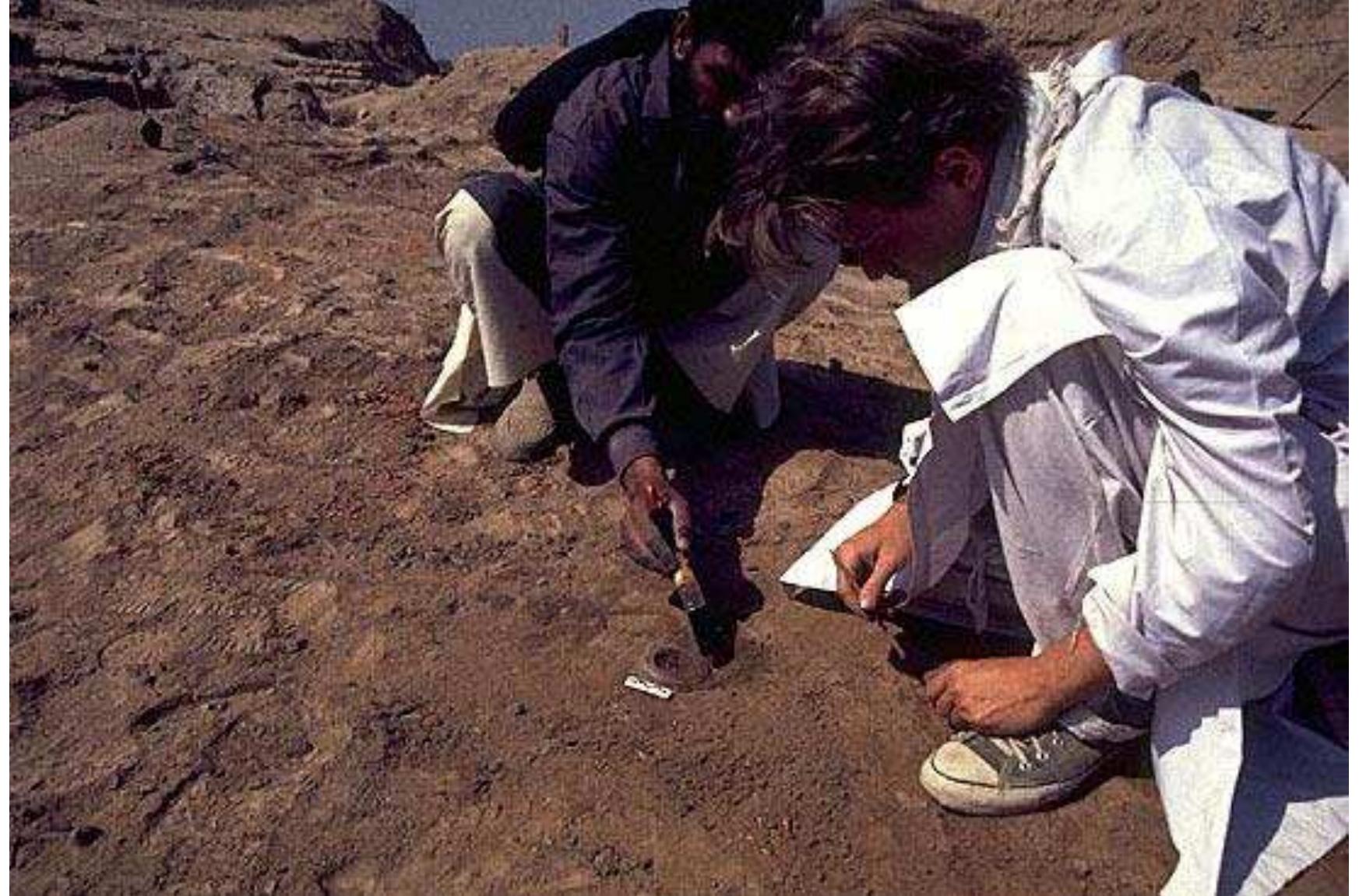






![reading is: wa [pd/a] ae khGta, ‘magnetite ingot or wedge (Bloomsfield’s ed.n, xliv. Cf. Bloomsfield, American Journal of Philology, 11, 355; 12,416; Roth, Festgruss an Bohtlingk, 98) denotes it as a twig. This is identified as that of Badar', the jujube tied to the body of the dead to efface their traces. (See Vedic Index, I, p. 177). Rebus: kuthi ‘smelting furnace‘ (Santali) For the 'oval' hieroglyph, see: http://bharatkalyan97.blogspot.in/2015/08/decipherment- of-harappa-zebu-figurine.html T he readina ie: Ds | nA/]y] ws bhata 'macnatite inant ar wedoae'!](https://figures.academia-assets.com/45086495/figure_027.jpg)













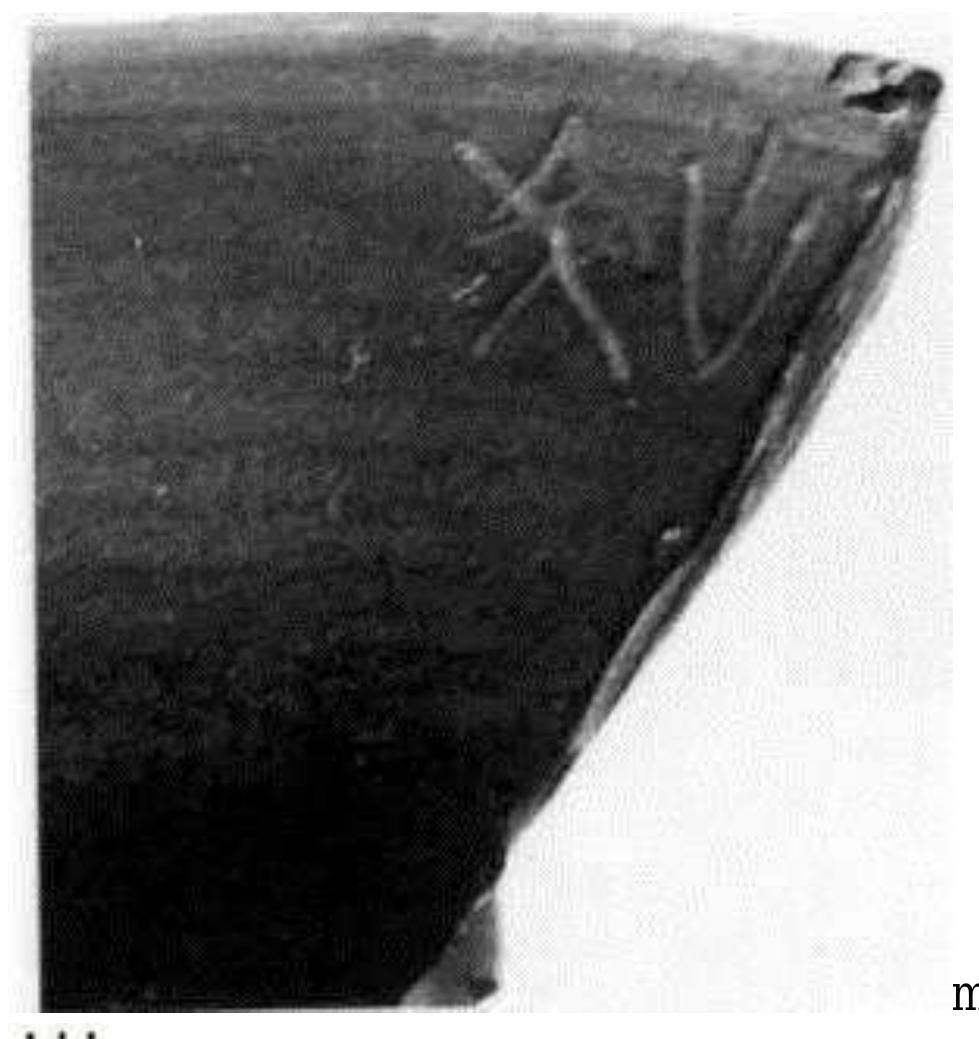
![How were stoneware bangles made? View of the slag with the coated sub-cylindrical bowl enclosing the stoneware bangles in a pile, in central position, Mohenjodaro. (Massimo Vidale, in:Jansen and Urban, 1987, p. 109) Stoneware bangles are unique because they carry micro-inscriptions. “The term ‘stoneware’ was ised by the early excavators to designate artifcts with a highly siliceous, partially sintered, lomogeneous ceramic body, usually free from inclusions or voids visible to the naked eye, and -haracterized by a very low porosisity.”(J.M. Blackman, M. Vidale, 1992, The Production and Distribution of Stoneware Bangles at Mohenjo-Daro and Harappa as Monitored by Chemical Charachterization Studies, in: Catherine Jarrige, ed., 1992, South Asian Archaeology 1989, -rehistory Press, 1.38) See: https://www.academia.edu/5597400/].M. Blackman M. Vidale The Production an 1 Distribution of Stoneware Bangles _at_Mohenjo- Kenoyer has shown that these bangles were formed by throwing clay cylinders on a fast wheel and trimming and burnishing them with sharp pointed tools which left distinctive, fine parallel marks on them. Smalll saggars or firing containers were used to stack these bangles for firing. *sarngadha ‘ collection of forts ’. [*gadha -- ]L. ségarh m. ‘ line of entrenchments, stone walls for defence ’.(CDIAL 12845)](https://figures.academia-assets.com/45086495/figure_043.jpg)








